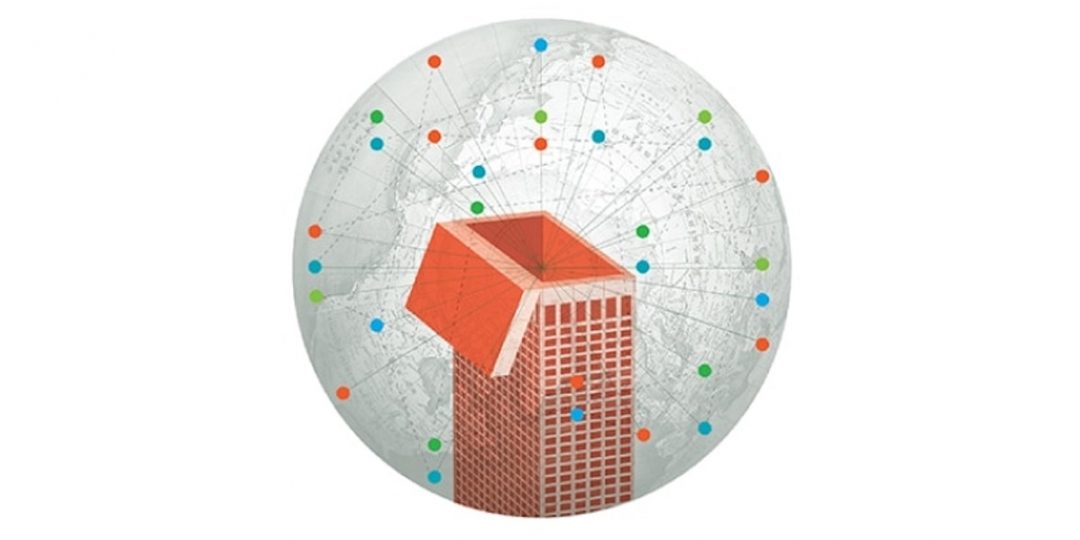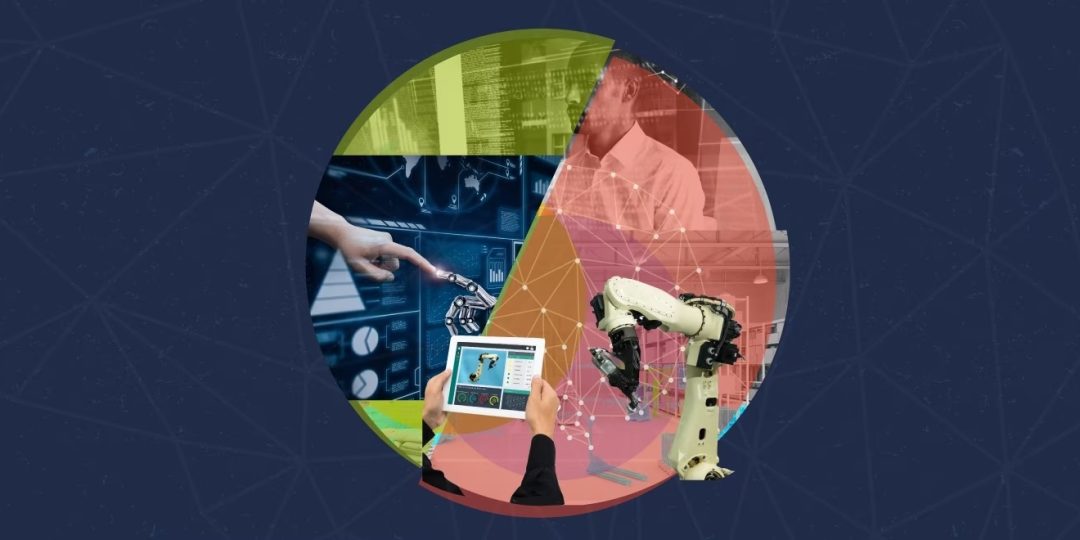We have a new essay published on Deloitte Insights, Reconstructing the workplace: The digital-ready organisation. The essay follows on from The digital-ready workplace from last month. (We do seem to be publishing at a surprising rate at the moment.)
Continue readingCategory: Reconstructing work
Unshackling the creative business
We have a new essay published in Deloitte Insights, Unshackling the creative business: Breaking the tradeoff between creativity and efficiency. Creativity is seen as an import capability for an organisation to be successful in today’s volatile, uncertain, complex and ambiguous (VUCA) world. Significant effort has been invested in fostering creativity in business, effort which sadly is often wasted. This essay looks at why this might be the case and what we can do about it.
Continue readingReconstructing jobs
This is a 25 minute presentation providing an overview of the report Reconstructing jobs (published in 2018) from the Edge Session just after the report was published.
Continue readingThe new division of labor
I, along with Alan Marshall and Robert Hillard, have a new essay published by Deloitte Insights – The new division of labor: On our evolving relationship with technology. This is the latest in an informal series that looks into how artificial intelligence (AI) is changing work. The other essays (should you be interested) are Cognitive collaboration, Reconstructing work and Reconstructing jobs.
Over the last few essays we’ve argued that humans and AI might both think but they think differently, though in complimentary ways, and if we’re to make the most of these differences we need to approach work differently. This was founded on the realisation that there is no skill – when construed within a task – that is unique to humans. Reconstructing work proposed that rather than thinking about work in terms of products, processes and tasks, it might be more productive to approach human work as a process of discovering what problems need to be solved, with automation doing the problem solving. Reconstructing jobs took this a step further and explored how jobs might change if we’re to make the most of both human and AI-powered machine using this approach, rather than simply using the machine to replace humans.
This new essay, The new division of labour, looks at what is holding us back. It’s common to focus on what’s known as the “skills gap”, the gap between the knowledge and skills the worker has and those required by the new technology. What’s often forgotten is that there’s also an emotional angle. The introduction of the word processor, for example, streamlined the production of business correspondence, but only after managers became comfortable taking on the responsibility of preparing their own correspondence. (And there’s still a few senior managers around who have their emails printed out so that they can draft a reply on the back for their assistant to type.) Social norms and attitudes often need to change before a technology’s full potential can be realised.
Continue readingReconstructing jobs
Creating good jobs in the age of artificial intelligence.
Continue readingReconstructing work
Automation, artificial intelligence, and the essential role of humans
Continue readingCognitive collaboration
I have a new report out on DU Press – Cognitive Collaboration: Why humans and computers think better together – where a couple of coauthors and […]
Continue reading


